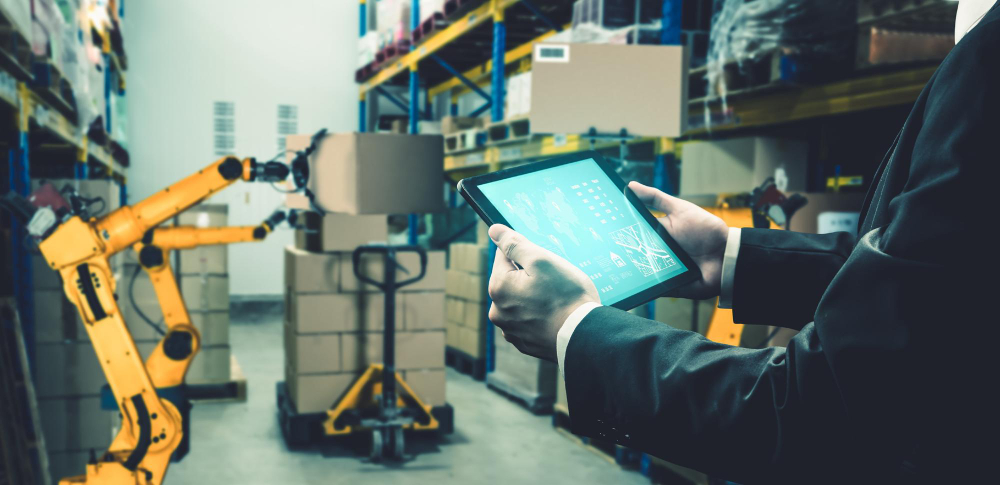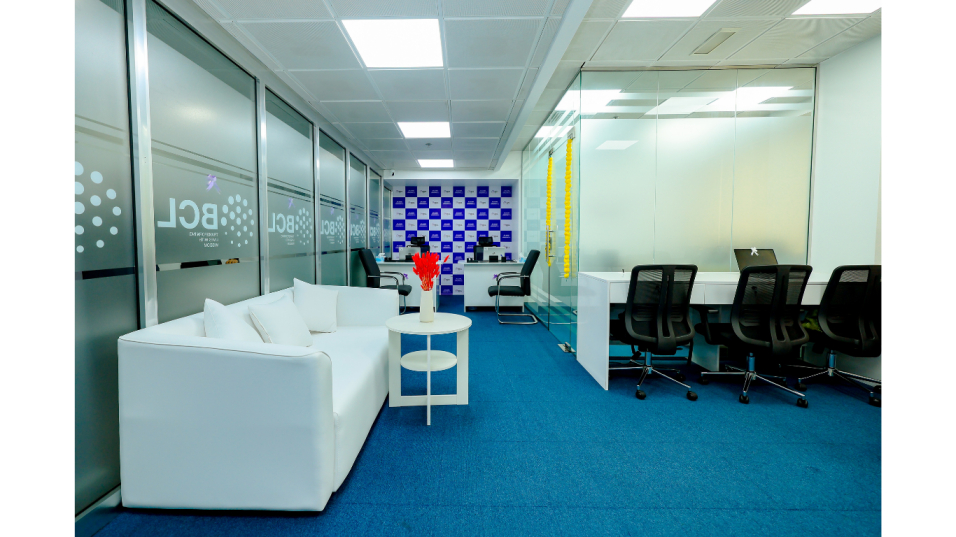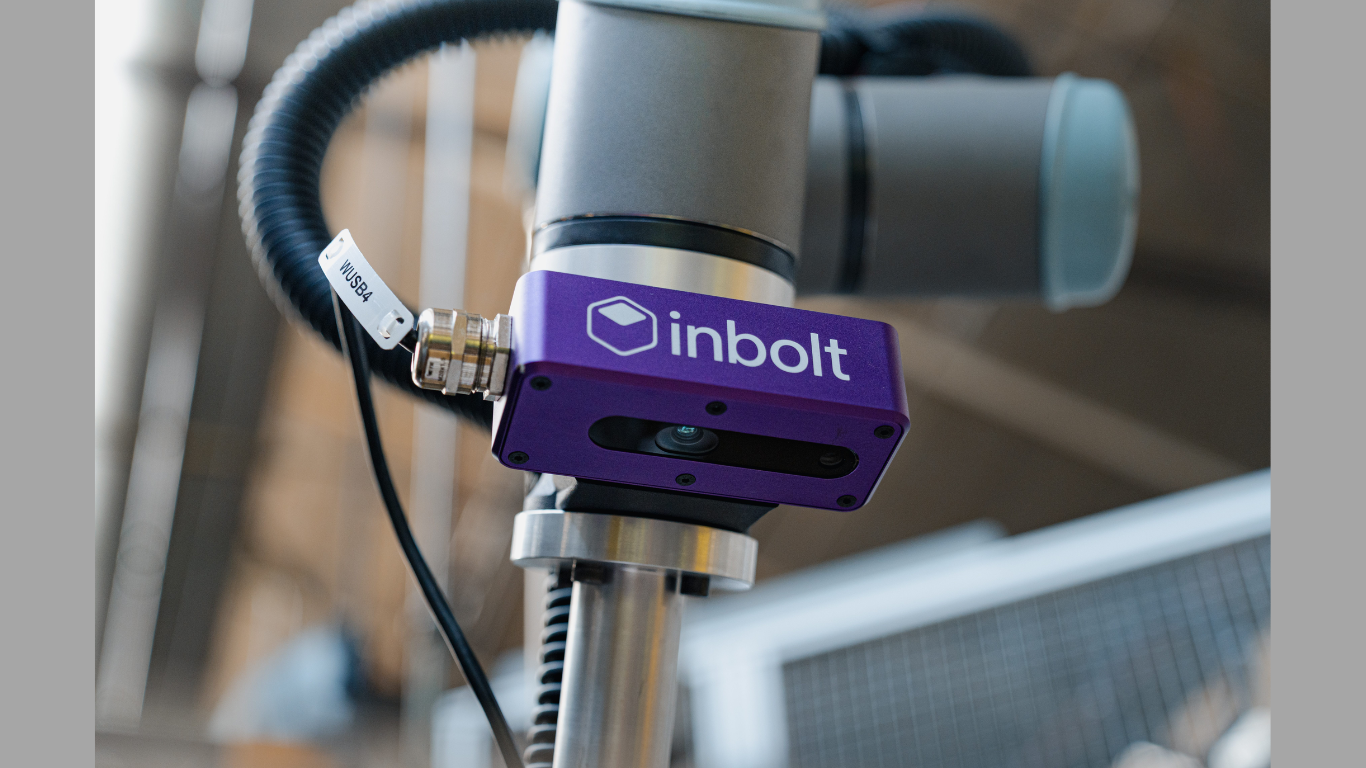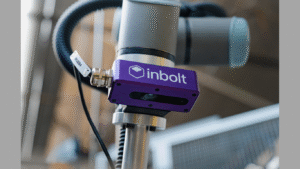The logistics sector depends on precision and speed, but that reliability is increasingly under pressure due to ongoing staff shortages. In warehouses, distribution centres and packaging lines, companies are finding it harder to recruit enough people. Especially during peak periods – such as the holidays or major online sales – existing teams become overstretched, and orders risk being delayed.
Automation as support for the workforce
Due to this scarcity, more and more companies are turning to technological solutions that can take over parts of the process or even handle entire operations independently. Think of sorting machines, automated storage and pick systems, or packaging machines that process orders without manual input. These innovations make work easier, more structured and less prone to errors. What’s more, companies no longer need to constantly search for temporary staff or rely heavily on overtime to meet deadlines.
A real-world example
A strong example of a company using technology to ease labour shortages is Sparcktechnologies.com. This company develops packaging solutions where each box is automatically made to size, without human involvement. Not only does this save a significant amount of time, it also reduces material use – which in turn benefits both costs and sustainability. In times where it’s difficult to keep warehouses fully staffed, such a solution offers welcome relief.
Staying flexible in a tight labour market
For businesses, automation doesn’t mean people are no longer needed – it simply allows teams to work more intelligently and flexibly. Machines can absorb peak demand, take over night or weekend shifts, or run background processes continuously. This frees up staff to focus on tasks where human input truly makes a difference, such as quality control, customer service or planning.
Finding balance between people and machines
The future of logistics likely lies in striking a balance: where technology handles physical tasks, people remain essential for insight, oversight and strategic decision-making. A company that successfully blends both is better equipped for a rapidly changing market. Automation isn’t an end in itself, but a way to keep operating sustainably and with foresight – even when good staff is hard to find.
Investing with long-term vision
Although automation requires an upfront investment, it often yields more over time than it costs. Companies save on labour, reduce the risk of errors and improve delivery reliability. Especially in industries with tight margins, it’s worth exploring how technology can streamline operations. Choosing innovative solutions is not only practical, but also a strategic move.
More agility in the supply chain
Beyond reducing costs and easing staffing pressures, automation also increases flexibility. If there’s a sudden spike in orders or stricter delivery windows, automated systems can scale up without needing additional personnel. That agility is a major asset in a volatile market. Companies investing in smart technologies today are building a logistics chain that’s ready for the future.
Conclusion:
Technology plays a vital role in addressing labour shortages in the logistics industry by streamlining operations, improving efficiency, and reducing reliance on manual labor. From automation and robotics to AI-powered route planning and warehouse management systems, innovative solutions are helping companies meet growing demand despite workforce challenges. By embracing these technologies, logistics providers can not only fill the gap left by labor shortages but also build more resilient, scalable, and future-ready supply chains.
Blog received via Mail






























